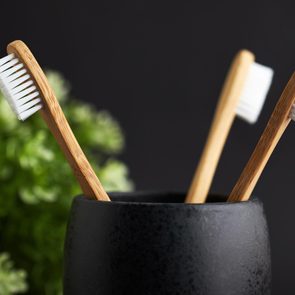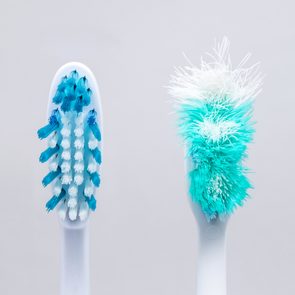Floss Pick vs. Regular Floss: What Dentists Recommend
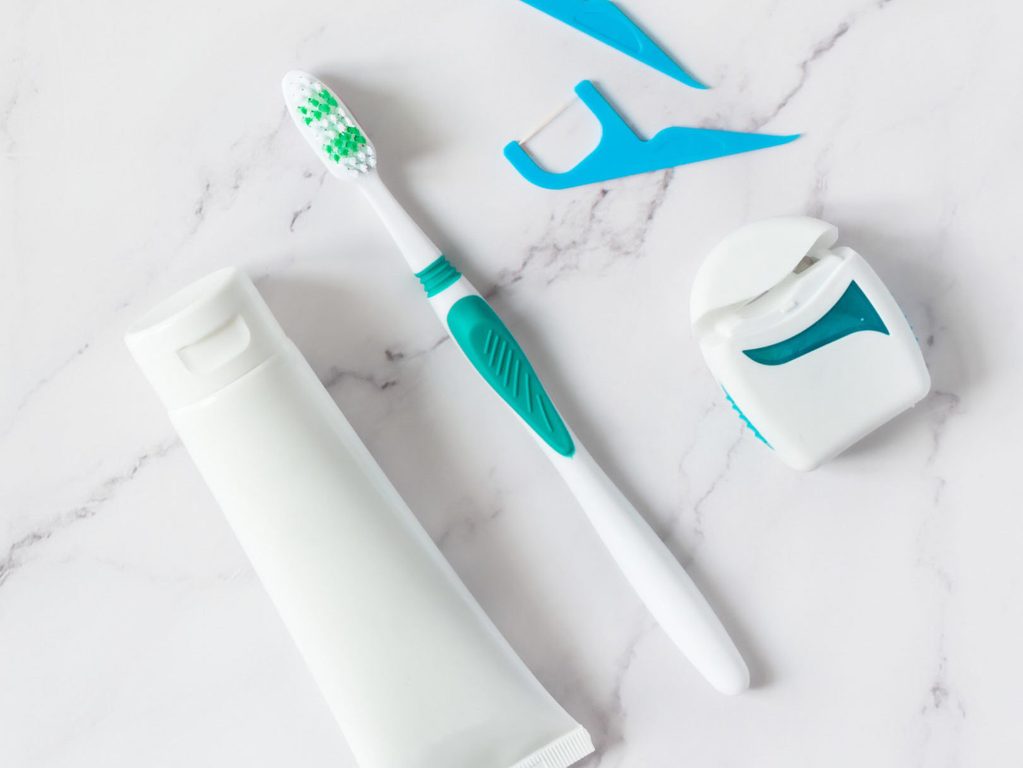
Flossing is important for your oral health. Here are dentist-recommended ways to floss, plus the pros and cons of each type of floss for cleaning your teeth.
Why you should floss every day
It doesn’t take a tremendous amount of time out of one’s day, but for some reason, many people aren’t flossing as they should. In fact, according to a 2018 Canadian Community Health Survey, less than half (43 percent) of Canadians aged 12 or older reported flossing their teeth at least once per day.
Flossing, the act of using thin dental string to remove food and plaque from in between your teeth, is essential in the fight against plaque build-up, tooth decay and gum disease.
For their part, manufacturers of oral health products are eager to assist the public in making flossing easier and more accessible than ever. Long gone are the days when your only flossing option was a spool of filament. Today you have an abundance of options, from floss picks to water flossers, and they come in all colours, shapes and sizes.
“There is no replacement for flossing as no toothbrush is fully effective in cleaning the bacteria-prone crevices between teeth,” says New York-based Greg Gelfand, DDS. “Ideally, you should floss after every meal, but realistically, flossing at least once a day, especially before bed is helpful for maintaining good oral health.”
But which of these options is the go-to for dentists? In many cases, it’s a matter of personal preference, but the doctors we spoke with have clear opinions on the subject.
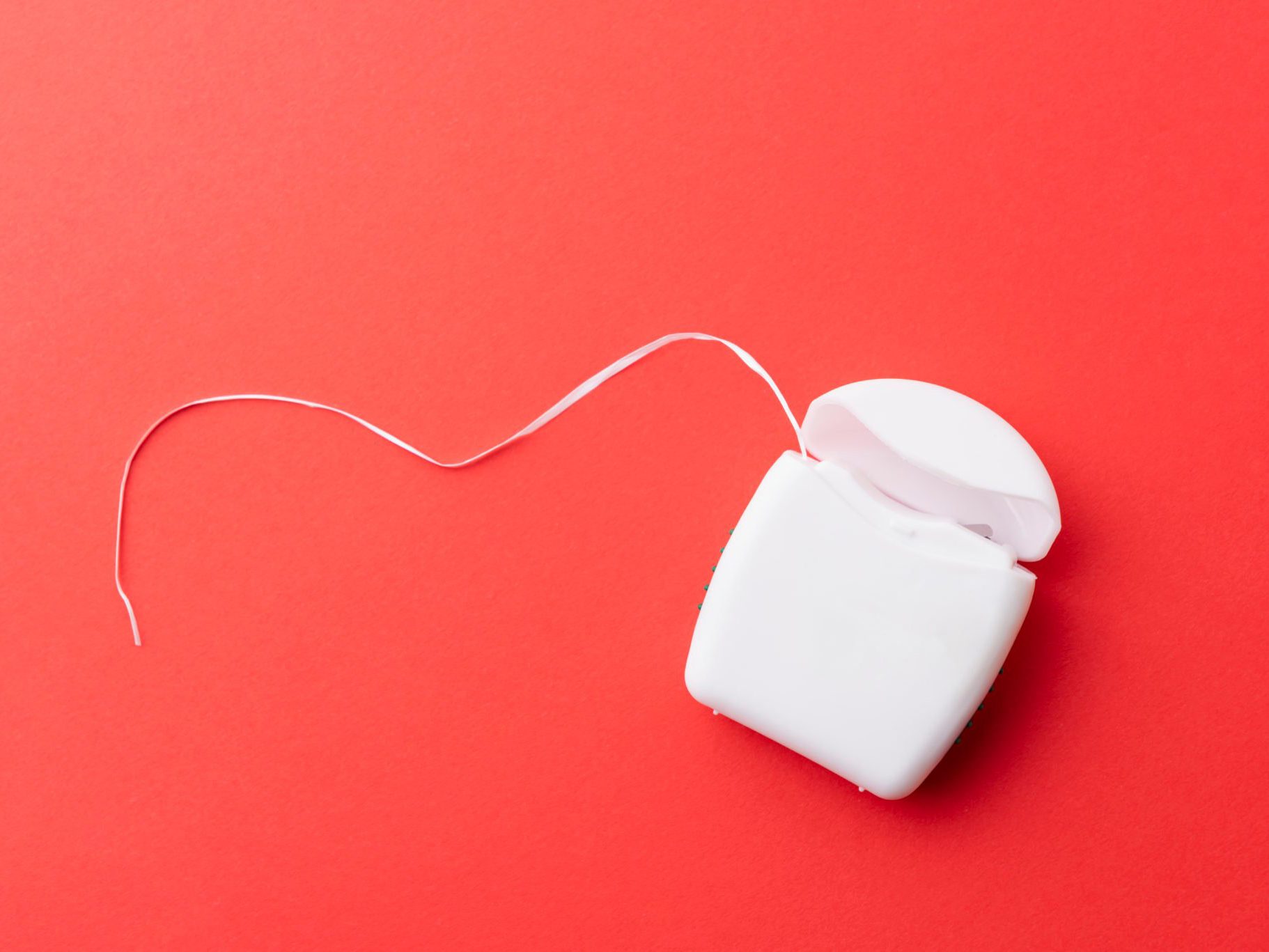
Spool of floss
When it was first introduced back in the 1800s, floss was formed by twisting silk fibres to make a long strand, according to the American Dental Association. Now, however, it’s typically made from either nylon filaments or plastic monofilaments.
Despite being as close to the “original” product as we have in 2020, dentists aren’t in love with this flossing option compared with newer types.
“I always say, the best flossing tool is the one you will use. From a question of ‘effectiveness,’ they are all comparably effective,” says Chad Evans, DDS, whose practice serves families from Dallas/Fort Worth to West Texas. “I encourage patients to find the tool that works best for them, and go with that.”
Still, he finds the traditional string both the least convenient form of flossing and most time consuming, but it isn’t without its benefits. “It does give you a fresh spot of floss for every proximal space,” says Dr. Evans. “That allows you to use a fresh and clean piece of floss between every tooth.” (Check out these clever uses for dental floss that go beyond the bathroom.)
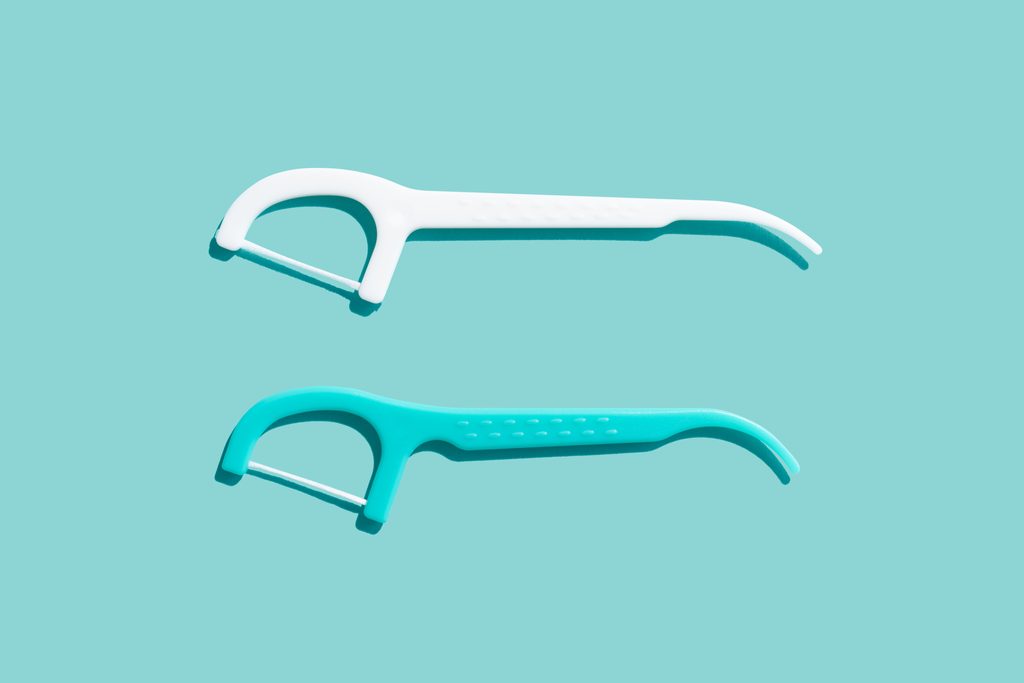
Floss pick
Across the board, the dentists we spoke with all speak highly of the floss pick. It’s often a favourite because of its convenience, quick use and effectiveness in removing debris between teeth.
Floss picks are easy-to-hold plastic implements that have a piece of pre-installed dental floss. Typically the other end is shaped at a point to be used like a toothpick to remove larger pieces of food from between the teeth.
Because these are single-use flossers, they’re easy to keep in a purse, the car, a gym bag or anywhere else you might need to floss on the fly.
“The negative is that you are using the same small piece of floss to clean in between every tooth,” says Dr. Evans. “That may decrease the effectiveness as the floss become covered with debris or bacteria.” (Check out the everyday mistakes that are ruining your teeth.)
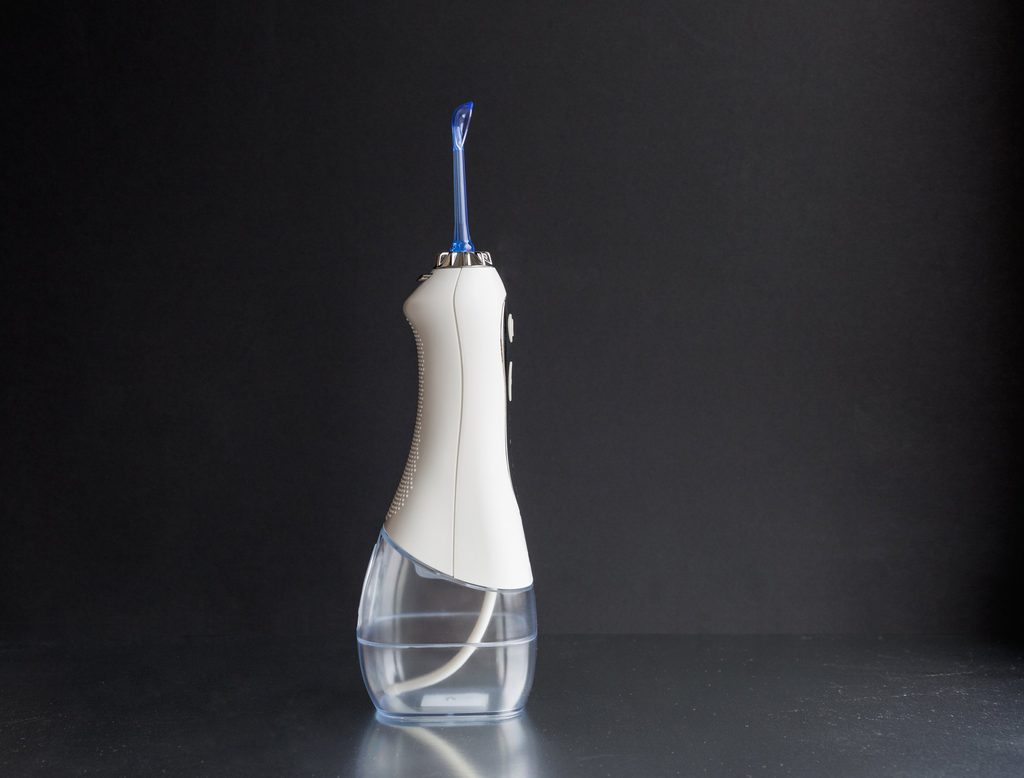
Water flosser
If you’re the type of person who likes the sleekness of tech gadgetry, then a water flosser could be the most appealing. “The water pick allows you to fill the reservoir with water or your choice of mouthwash,” says Dr. Evans. “I encourage patients to use a fluoride mouthwash in the water pick reservoir, essentially allowing them to spray fluoride into the proximal spaces between teeth.
He explains that this area doesn’t typically get much fluoride when you only brush, making it prone to decay. “The only drawback is that the water stream may not be strong enough to remove all proximal debris every time,” he says. (Watch out for these signs of disease that your teeth can reveal.)
Kid-friendly dental flossing
If you’re a parent who is trying to convince their child that actual flossing isn’t a dance, but an important part of their oral hygiene, providing the most kid-friendly tool is important.
Elliott Maser, DDS, clinical associate professor of pediatric dentistry at the University of Pennsylvania, likes an instrument called FlossAid for his young patients once they reach a certain level of hand coordination.
“The aid looks like a small plastic ‘slingshot’ that will allow floss to be wrapped around the top, and then the child uses the handle section to guide the floss through various sections of the mouth,” he explains.
Dr. Maser likes this option because its made of lightweight plastic and you can remove the floss between brushing to replace with new floss.
“The slingshot area of the floss is not so wide that a child cannot get the aid into their mouth, but adult supervision is required at younger ages to make sure the child is flossing the entire mouth, not just the easily reached areas,” he says. (Here are more secrets Canadian dentists want you to know.)
The takeaway
Ultimately, it really doesn’t matter which of these tools you use to floss as long as you do it. And remember that the most important part is getting your teeth clean, not simply going through the motions to check one more thing off of your to-do list.
In fact, Dr. Gelfand says he can immediately tell if a patient flosses or not, that’s how much of an impact it has on your oral health.
“The flossing method you are most comfortable with is the one you are more likely to commit to, so there is no gold standard for flossing tools,” he says. “I often recommend GUM Soft-Picks as an alternative to traditional floss. They are fool-proof, easy-to-use, and importantly, gentle on gums.”
Next, read about the teeth-cleaning mistakes that make dentists cringe.
